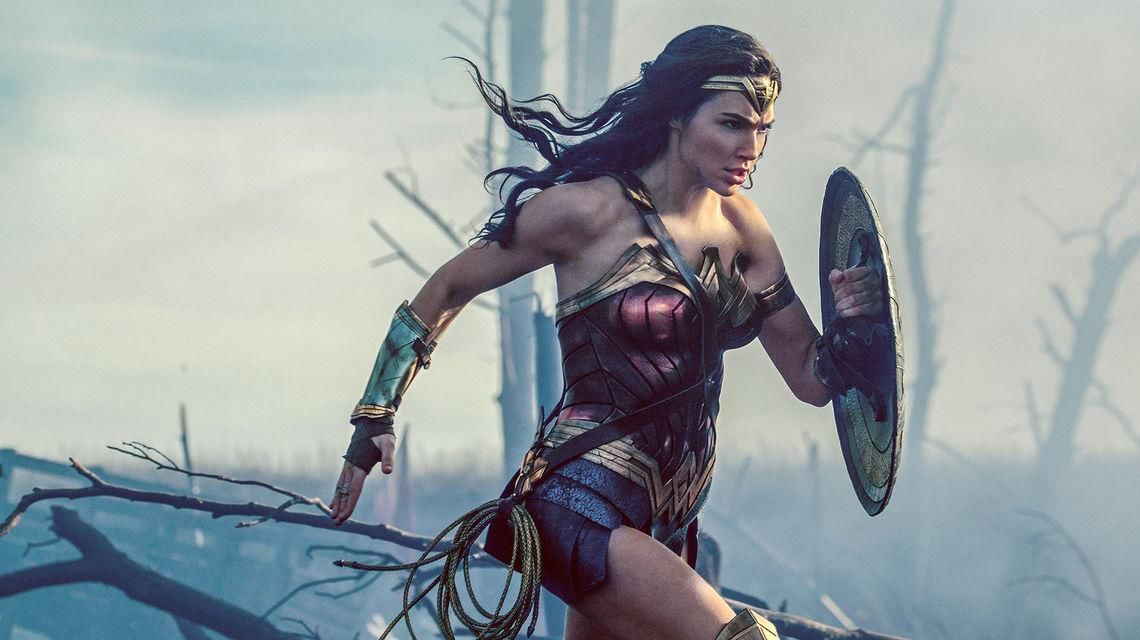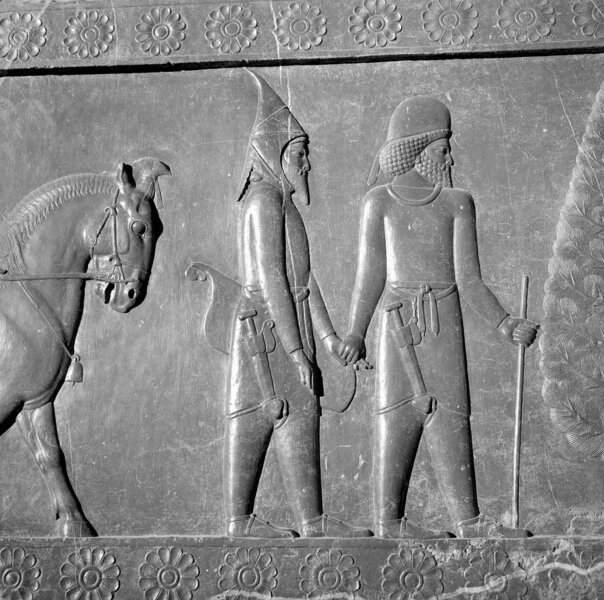Create a free profile to get unlimited access to exclusive videos, sweepstakes, and more!
Wonder Woman’s ancestors? DNA is revealing how ancient Scythian warriors rose and fell

Wonder Woman is supposed to be an Amazon, meaning whoever dreamed up her background got her ancestry wrong. Though the superheroine with the magic lasso is supposedly from the mythical Greek island of Themyscira, Amazons are thought to have been Scythian warrior women who rode out to battle and were fierce archers, much like Diana herself.
This wasn’t the norm for ancient (mortal) Greek women despite two of the goddesses in their pantheon being warriors. But who were the legendary Scythians of the Iron Age, and from how did they emerge onto the Eurasian steppes?
Archeogeneticist Guido Alberto Gnecchi-Ruscone, who led a study recently published in Science Advances, worked with an interdisciplinary team of scientists to investigate Scythian DNA from 111 ancient individuals. While much about their origins are shrouded in mystery, the new research has found genetic evidence for where these enigmatic horselords possibly came from — and how they fell.
“The earliest Scythian burials are found in the Altai, followed by the Tasmola culture in north eastern Kazakhstan and then the other later groups,” Gnecchi-Ruscone, told SYFY WIRE. “The individuals from these cultures overall show a similar genetic ancestry profile that we defined as ‘eastern’ gene pool and therefore hypothesized an Altai origin were we first saw it.
Scythian groups such as the Saka, the Pazyryk and the Tasmola are all believed to have ancestry in populations that first appeared in the Altai mountains. Burials in this region support this hypothesis. The frozen mummy of the now-famous Pazyryk “ice maiden” was found in a kurgan (grave mound) in the Altai. She was probably a storyteller or shaman of high status rather than a warrior, since she was not buried with any weapons, but with six of her horses. Whether she ever did ride them into battle might be lost to the grave.
What is especially fascinating is how quickly the Bronze Age populations of the steppe, mostly herders who did not travel far, would change as these people who had never come into contact with the Scythians before they were absorbed intro Scythian tribes through cultural exchange and intermarriage. It was the Scythians who created saddles and other implements for horseback riding. Whether it was they who introduced new technological advances to other peoples in the area, or whether it was the other way around, is still uncertain.
“We might never know why and in detail how this process happened but whatever the reasons, the novelties and the advancements introduced by the Scythians occurred very likely also because of this encounters between different people and therefore different cultures,” Gnecchi-Ruscone said.
As for Wonder Woman’s real ancestors, ancient chronicler Herodotus got several things wrong. He thought their language was Iranian, and while they had no written language, there are arguments for other origins. He also claimed that women training for battle would cut off one breast so they would have an edge in archery. There is no actual evidence for this. It is possible that they bound one breast to give them the advantage, and while no evidence for that has been found either, the bleeding and possible infection from the type of thing Herodotus suggested would have taken them out before they could even reach the battlefield.
These aren’t the only areas where the accounts of Herodotus are problematic. When he observed a funeral for a fallen Scythian king, he swore that mourners were smoking marijuana hardcore. Evidence from several gravesites has shown that they actually burned coriander to mask the smell of death.
Though the Scythians are revealing more of their genetic secrets, many remain buried with them. Russia, much which was known as Scythia during the Iron Age, is not as open to allowing scientists access to bones or mummies with invaluable DNA. The “ice maiden” caused political and ethical upheaval about whether her intricately tattooed body belonged in the kurgan or a museum. Hesitancy to allow excavations has caused frustration over unearthing more about these people, whom so little is known about. Gnecchi-Ruscone wants to hear the dead speak for themselves.
“Despite these exciting findings, the genetic complexity of the Scythian epoch is far from being entirely described and analyzed,” he said. “Many questions are still open about the genetic structure of the westernmost Scythian groups that reached as far as eastern Europe and the Balkans. Also the genetic processed associated with their decline.”
The decline of the Scythians was not some massive takeover or bloody battle. During the transitional period after the Iron Age, they were absorbed by other peoples just as they had absorbed the earlier herders. With the rise of the Persian empire along with the Xiongnu and Xianbei confederations, there was an influx of nomadic empires from the east and south into ancient Scythia. They also faded into other European groups, such as the Slavs. Some believe that they were proto-Slavs themselves.
Until the ghosts of the Scythians can tell us more, too bad it isn’t possible to take a DNA sample from Wonder Woman.



























